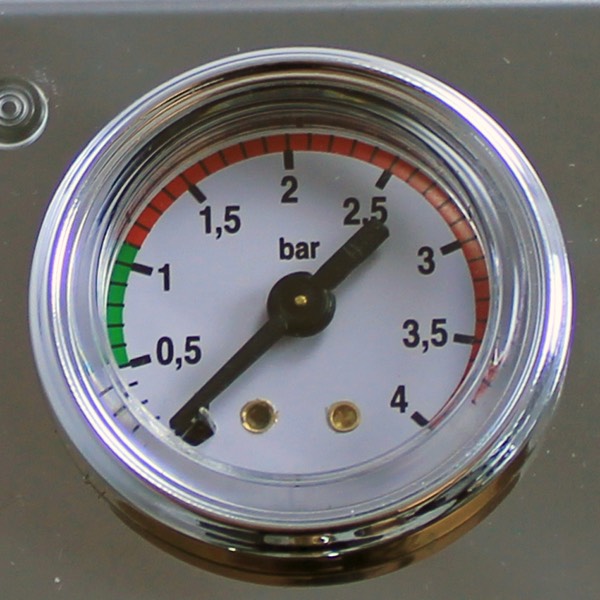How Much Does It Cost To Re-pressurise a Combi Boiler?

Cost to Re-pressurise a Combi Boiler
| Job | Description | Labour |
| 1 | If the plumber is already at your house doing another job, to top up a central heating system due to radiator bleeding/removal (ie there’s no actual leak) | “a cuppa” |
| 2 | If the plumber is called out solely to top up a central heating system due to radiator bleeding/removal. | £50 |
“Labour” at £175 a day (tradesman) £100 (labourer), includes incidental fixings etc. and tipping charges. “Materials” if mentioned, are larger things (a boiler) and stuff only you can choose (tiles etc). Also VAT must be added all round.
Information Sheet on Re-Pressurising / Topping Up
Your central heating will either operate as an “open vent” system at atmospheric pressure, or it will be “pressurised”. Back in the good old days, 99% of systems were open vent. There was a supply tank in the loft and if any water ever left the system because of a leak or “bleeding” a radiator etc, the system automatically filled itself again and you were none the wiser.
This was OK if you had a loft, but in a flat, where the supply tank has to be on the same floor, problems can occur. If the system is pressurised, these problems are removed. Combination boilers then became very popular particularly in said flats and these require the system to be pressurised.
There is a school of thought, which says that pressurised systems are more efficient and nowadays more and more otherwise normal systems are being pressurised. One massive advantage of a pressurised system is the removal of the loft supply tank. If you have a combination boiler, the cold water storage tank in the loft can go and the hot water cylinder in the airing cupboard. More space, less freezing, it makes a bit of sense I suppose!
How is the system pressurised you ask? Simple, it’s filled from the cold water main and a pressure vessel is fitted to take up any fluctuations as the water heats and cools. So “pressurised” actually means about 1½-2 bar. An open vent system operates at 1 bar.
The filling point (filling loop) should be easy to spot, there’s probably a flexible hose near the boiler, this has a tap at either end of it and turning them both on, allows mains water into the system. There will be a gauge on the boiler, when the pointer rises to about 1½, both taps are turned off and the jobs done. It takes 30 seconds.
Our (now famous) school of thought, says that the householder can’t be trusted with information like this. That he will try it himself and over pressurise. That’s true but what he can’t do is work out why the pressure is dropping (unless he’s stood in a pool of water). Ultimately, he will call in a plumber, probably the plumber who services the boiler, probably the plumber who left the flexible pipe in situ. which allowed the householder to fiddle about in the first place!
If the system is losing pressure, it is for a reason.
Either you have bled a radiator and not topped up the pressure, or there’s a leak. If there’s a leak it has to be fixed. Call the plumber in to sort out the problem, he will charge you for that and pressurise the system as part of the process.
Related Jobs
Boiler Change
Boiler Service
Boiler Flue
Central Heating Pump
Central Heating Install
Cold Water Tank
Drain Cock
Draining Down
Fit/Move Radiators
Gate Valve
Header/Expansion Tank
Hot Water Cylinder
Immersion Heater
Loft Ball Cock
Outside Tap
PCB
Radiator Bleeding
Radiator Flushing
Radiator Removal
Re- Pressurise Boiler
TRV
Thermocouple
Three Way Valve
Water Main/Stopcock
FAQs 'traffic light' guide
-
What's easy about this job…
Open or CloseNothing could be easier. Turn the valve and allow water in to the required pressure.
-
Potential problems with regards to this job…
Open or CloseIf the pressure drops over a short period of time after the system is topped up (an hour to a week), then you have a leak. Good luck finding this!
www.buildingsheriff.com
Copyright The Building Sheriff Ltd 2017